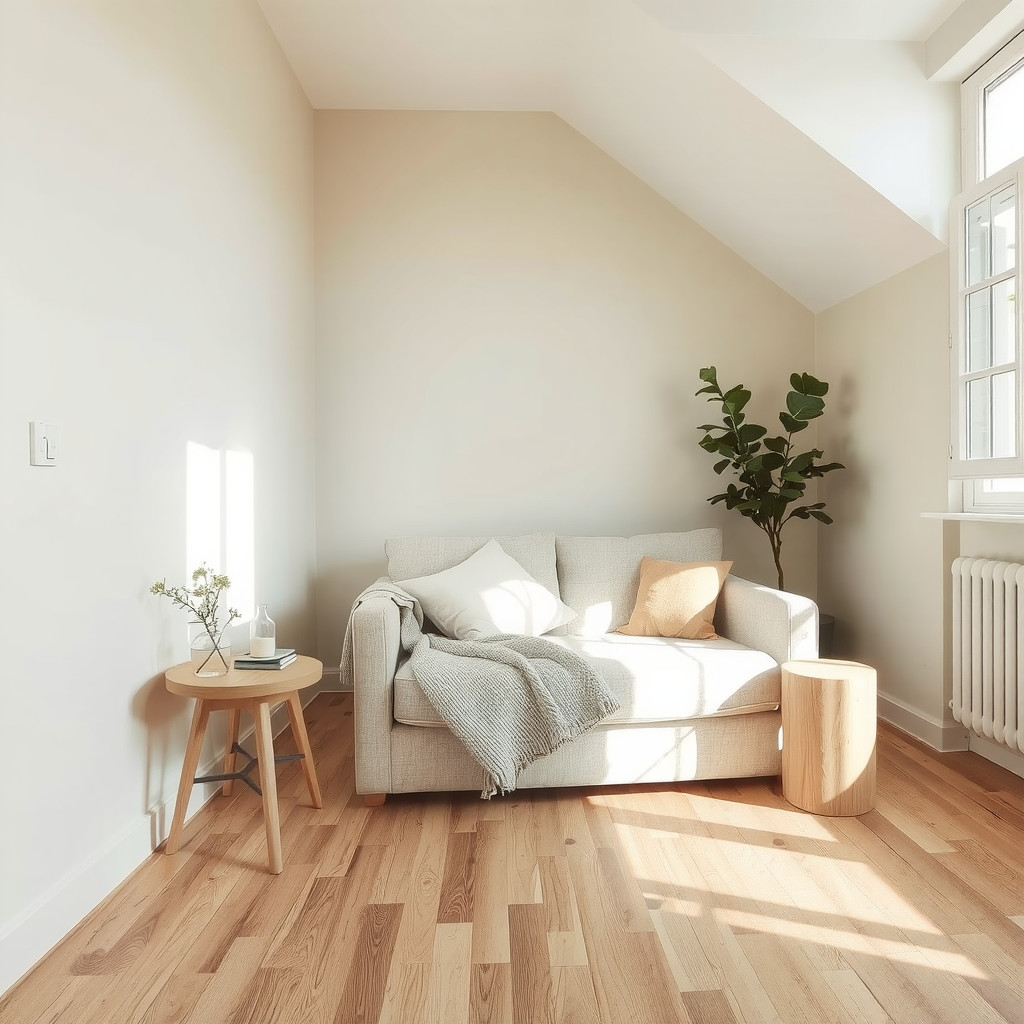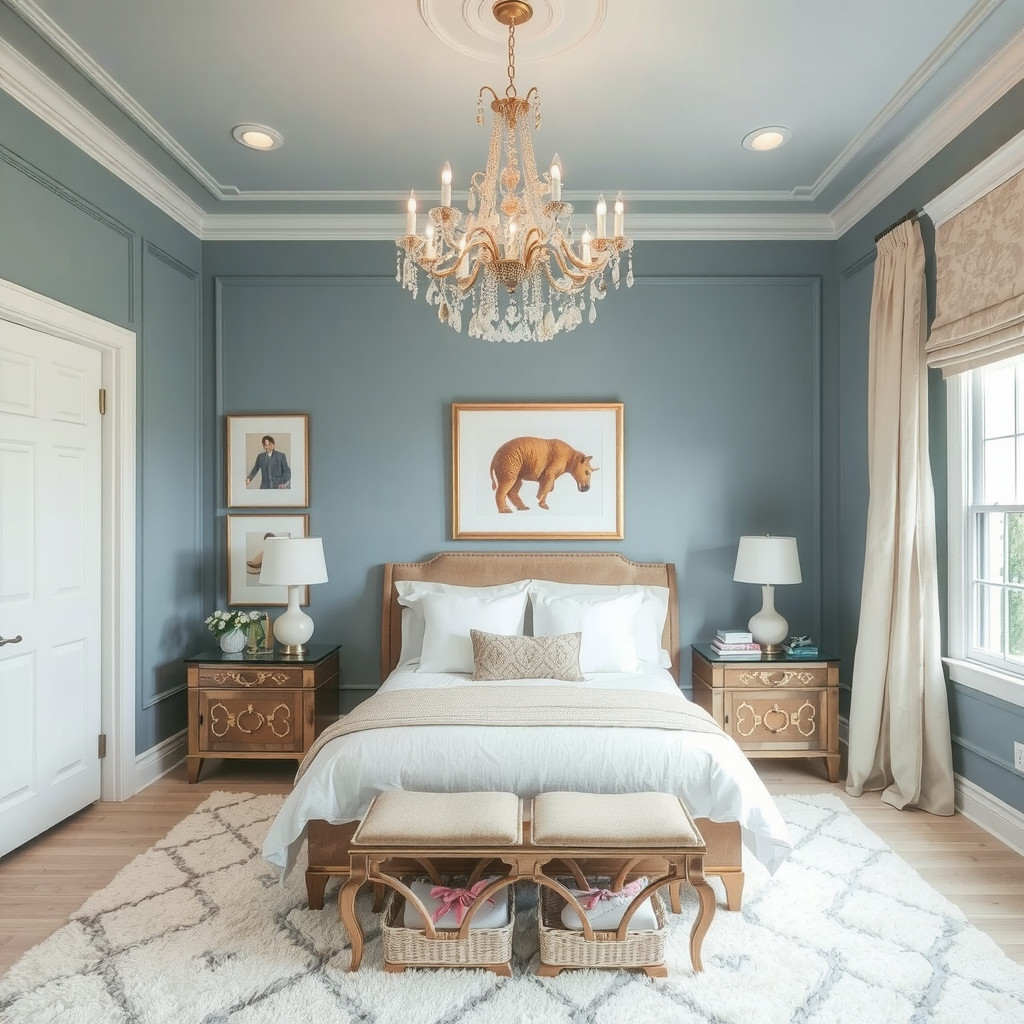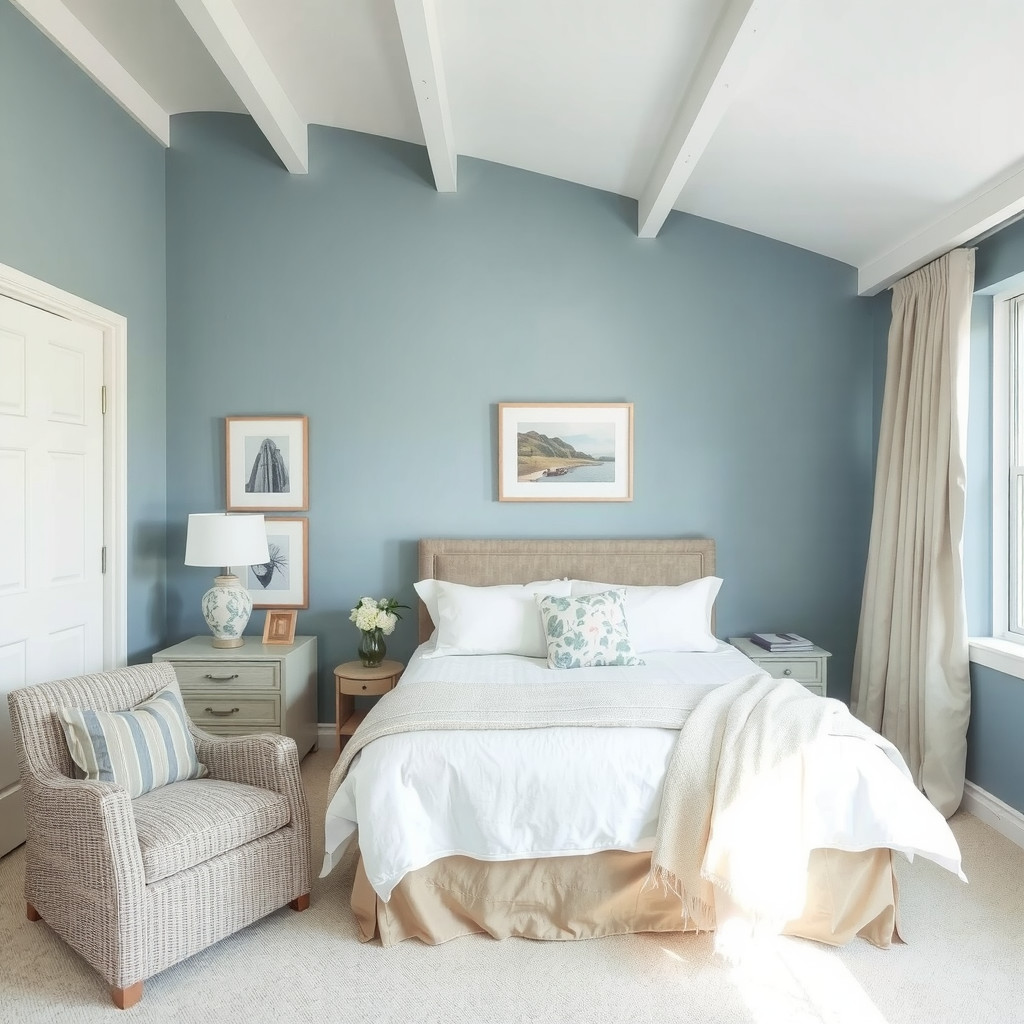ADVERTISEMENT
Introduction
You can use plants in your bedroom not just for looks but to encourage calmer nights. Start with a simple vignette—one sculptural plant on a low bedside table and a soft-textured throw to frame it. 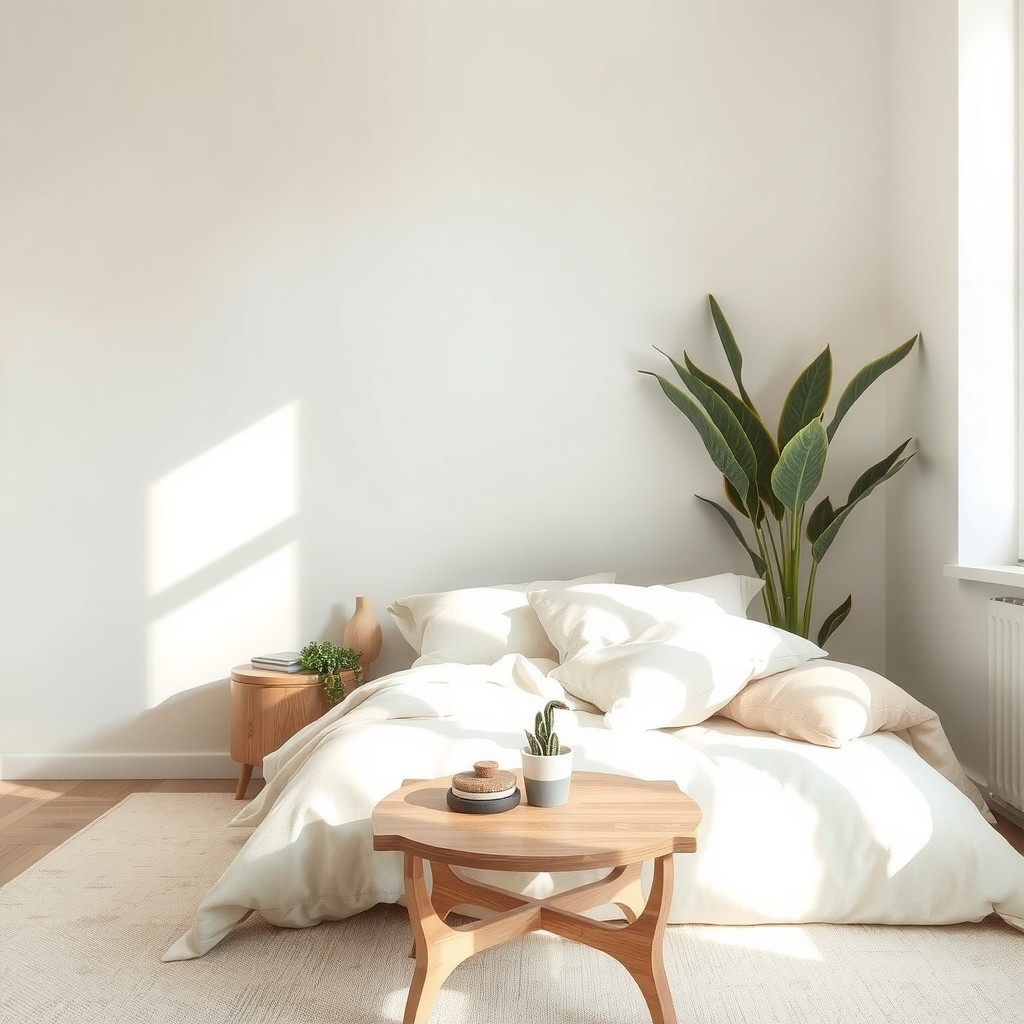 This image shows how a single pot can feel intentional, not cluttered.
This image shows how a single pot can feel intentional, not cluttered.
Layout and Positioning
Think of plants the way you do furniture: they need breathing space. Place taller specimens in corners or beside dressers to anchor the room, and low plants on shelves or window ledges to keep sightlines clear. 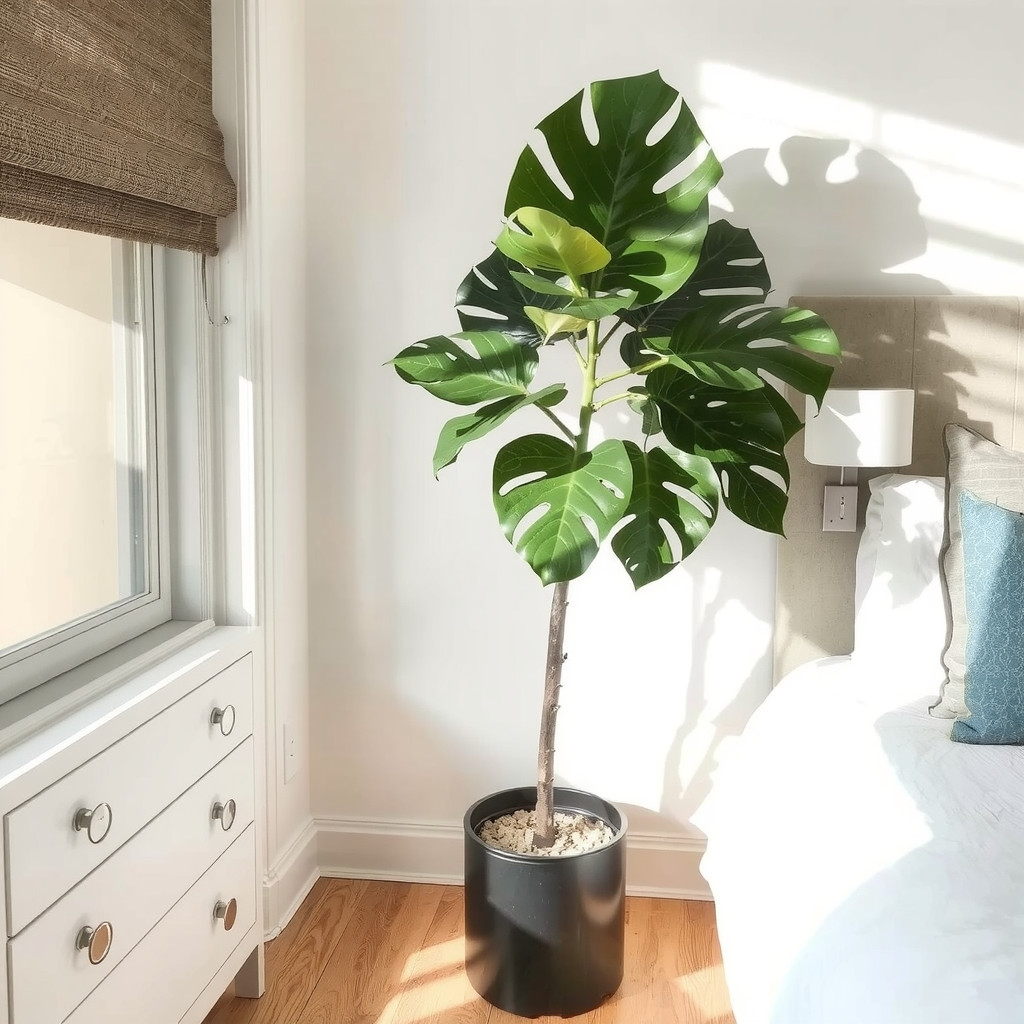 The photo demonstrates how a corner plant balances the bed without blocking movement.
The photo demonstrates how a corner plant balances the bed without blocking movement.
Materials and Textiles
Natural fibres amplify the calming effect. Pair woven baskets, linen bedside runners, or a soft wool rug with terracotta or matte ceramic pots to create a tactile, sleep-friendly palette. 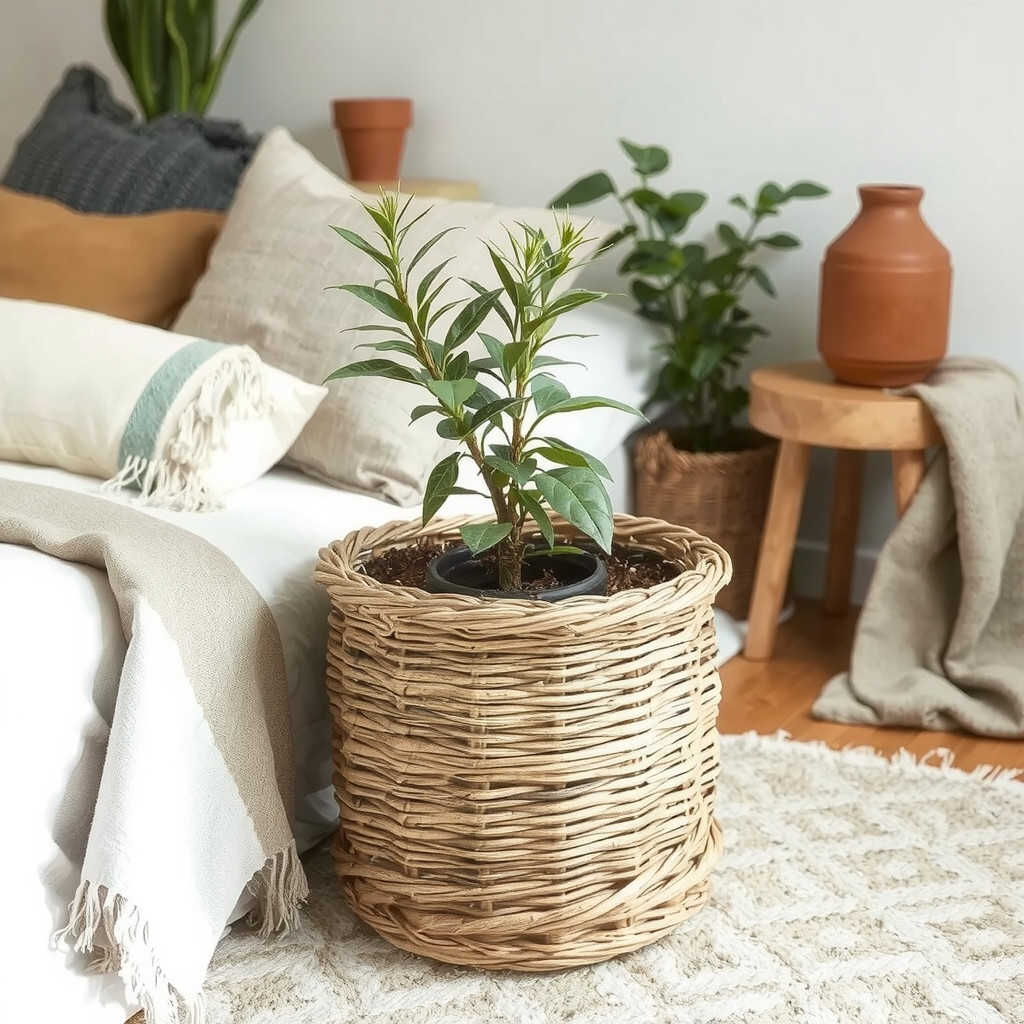 The image highlights the harmony between plant container textures and bedding materials.
The image highlights the harmony between plant container textures and bedding materials.
Focal Points
Make a plant the room’s quiet hero: a sculptural fiddle leaf fig or a clustered trio of pots on a low dresser acts as a focal point without shouting. 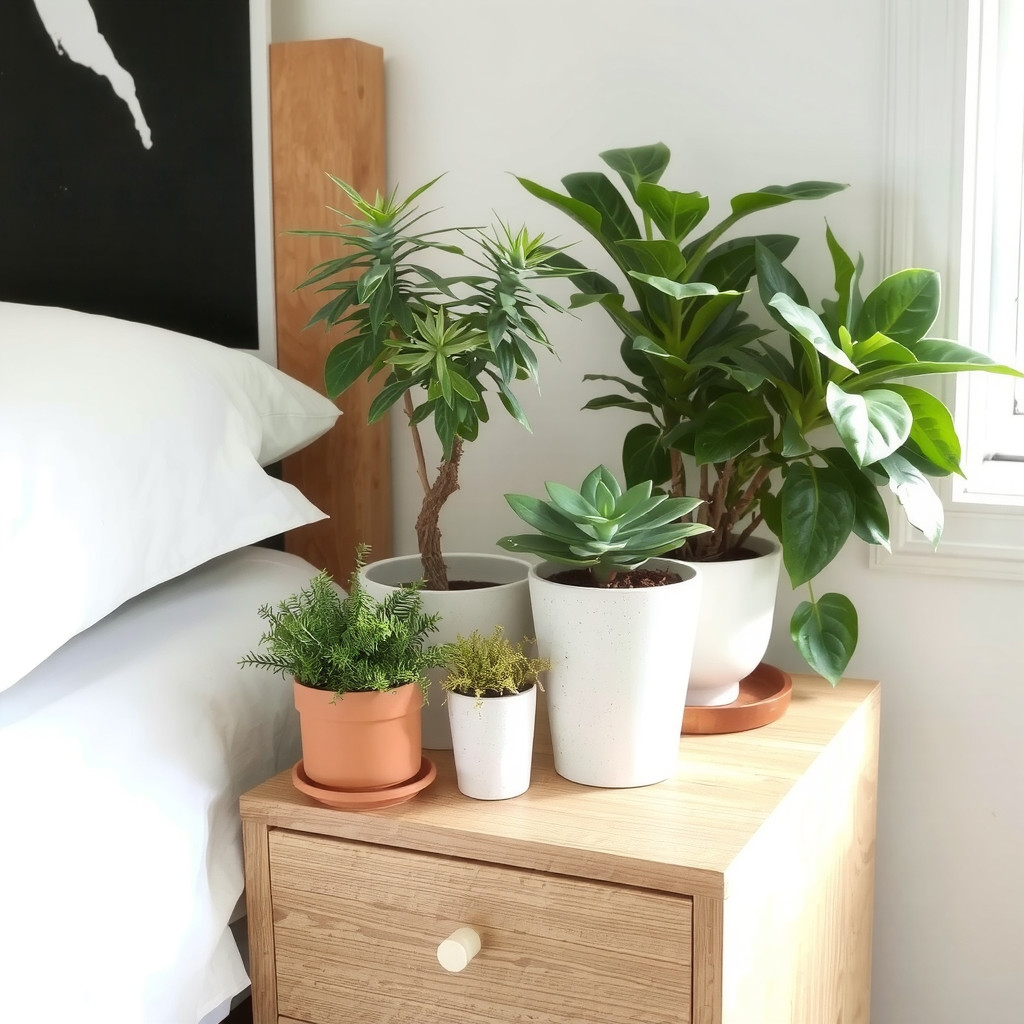 The photograph shows how grouping varying heights creates rhythm and focus.
The photograph shows how grouping varying heights creates rhythm and focus.
Lighting
Soft, layered lighting is crucial. Use warm bedside lamps and a shaded floor lamp to mimic dusk; avoid bright overheads that disturb melatonin production. Position light to highlight a plant’s silhouette in the evening for a gentle, restorative ambience. 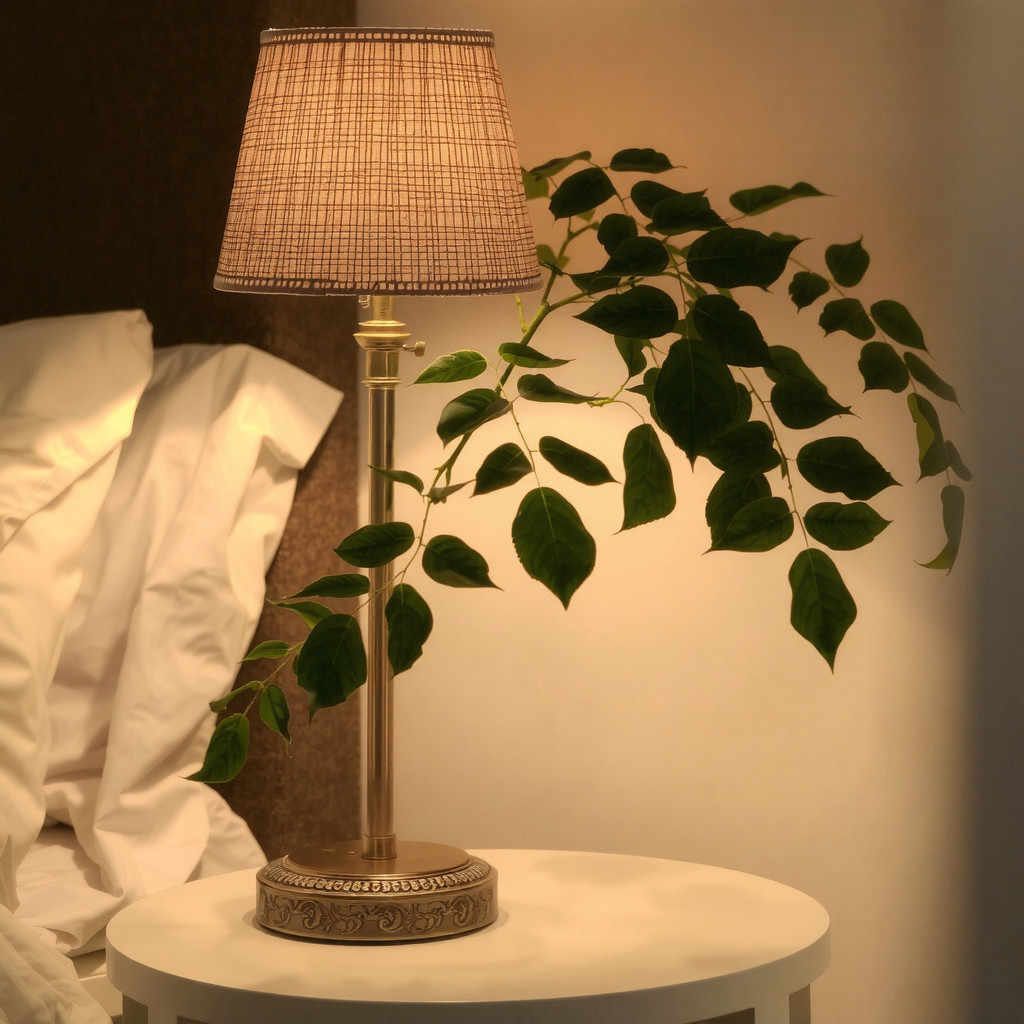 This image captures the cozy glow that flatters both fabric and foliage.
This image captures the cozy glow that flatters both fabric and foliage.
Greenery
Choose plants that suit low-light bedrooms and promote air quality—snake plant, pothos, zz plant, and peace lily are forgiving and sleep-friendly. Group plants with similar water needs and place moisture-loving varieties near a tray or pebble dish. 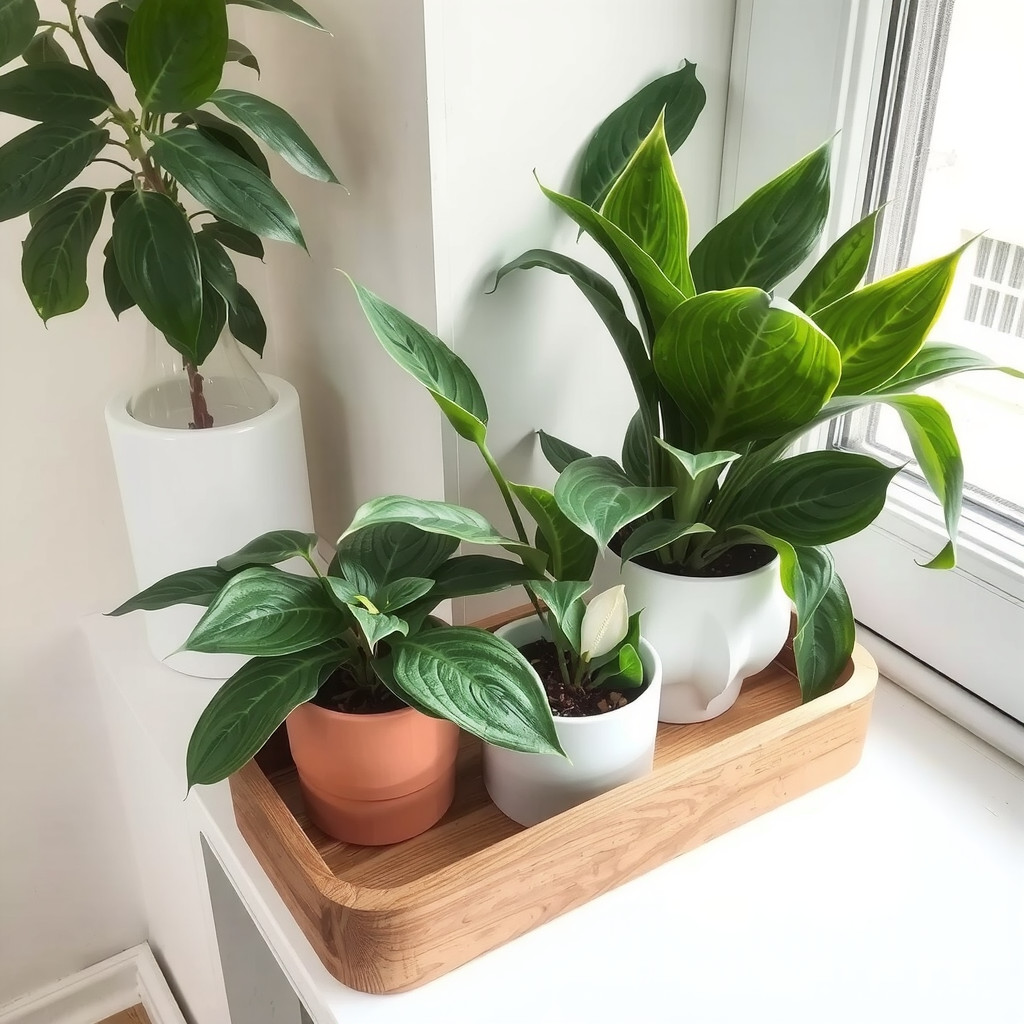 The photo displays a practical mix of easy-care varieties arranged for both beauty and health.
The photo displays a practical mix of easy-care varieties arranged for both beauty and health.
Tips
- Start with one statement plant, then add two small companions for balance.
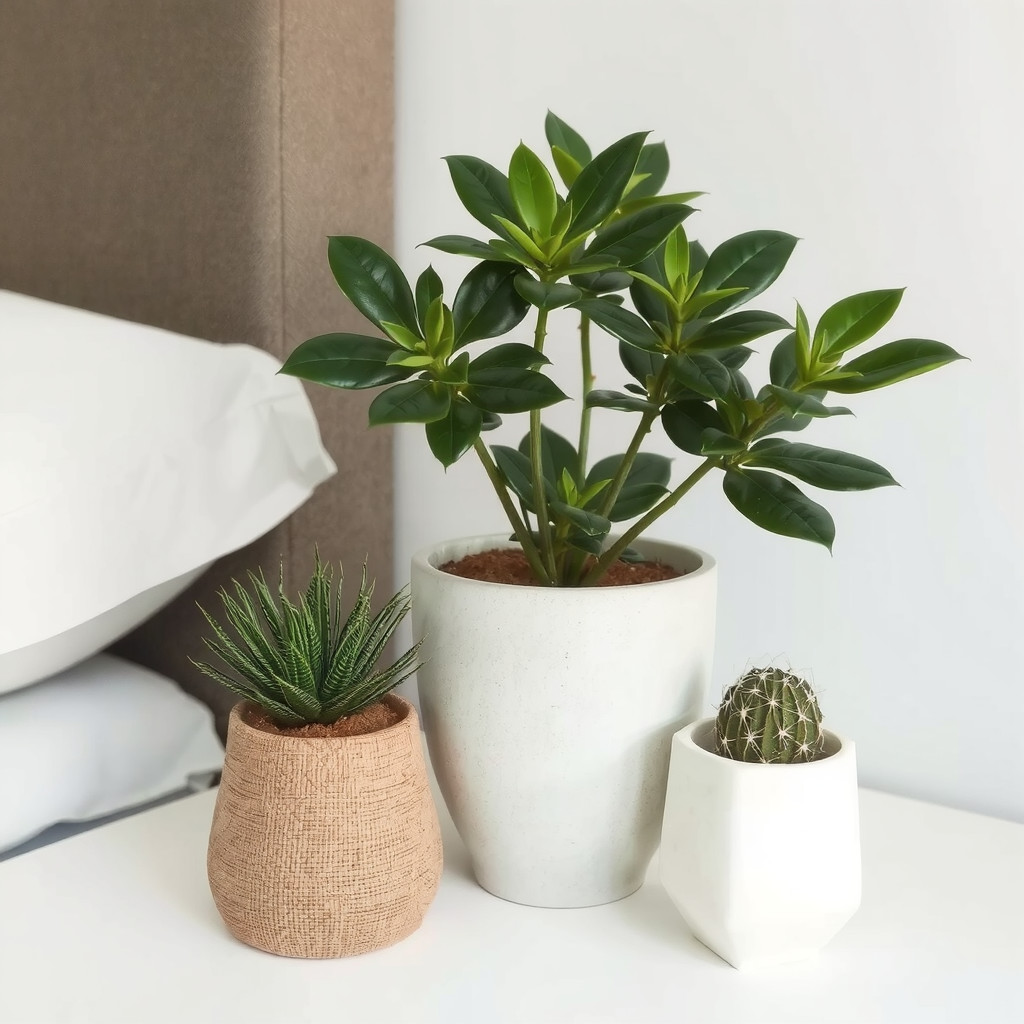
- Match pot finishes to room metals (matte black for modern, glazed terracotta for rustic).
- Keep plant care simple: weekly water checks, occasional leaf dusting, and indirect light.
- Avoid heavily scented plants at night; choose air-purifying varieties instead.
- Use a pebble tray under plants to regulate humidity without overwatering.
Bringing plants into your bedroom is a small design move with outsized rewards: calmer visuals, better air, and a subtle cue to your brain that it’s time to unwind.
ADVERTISEMENT
